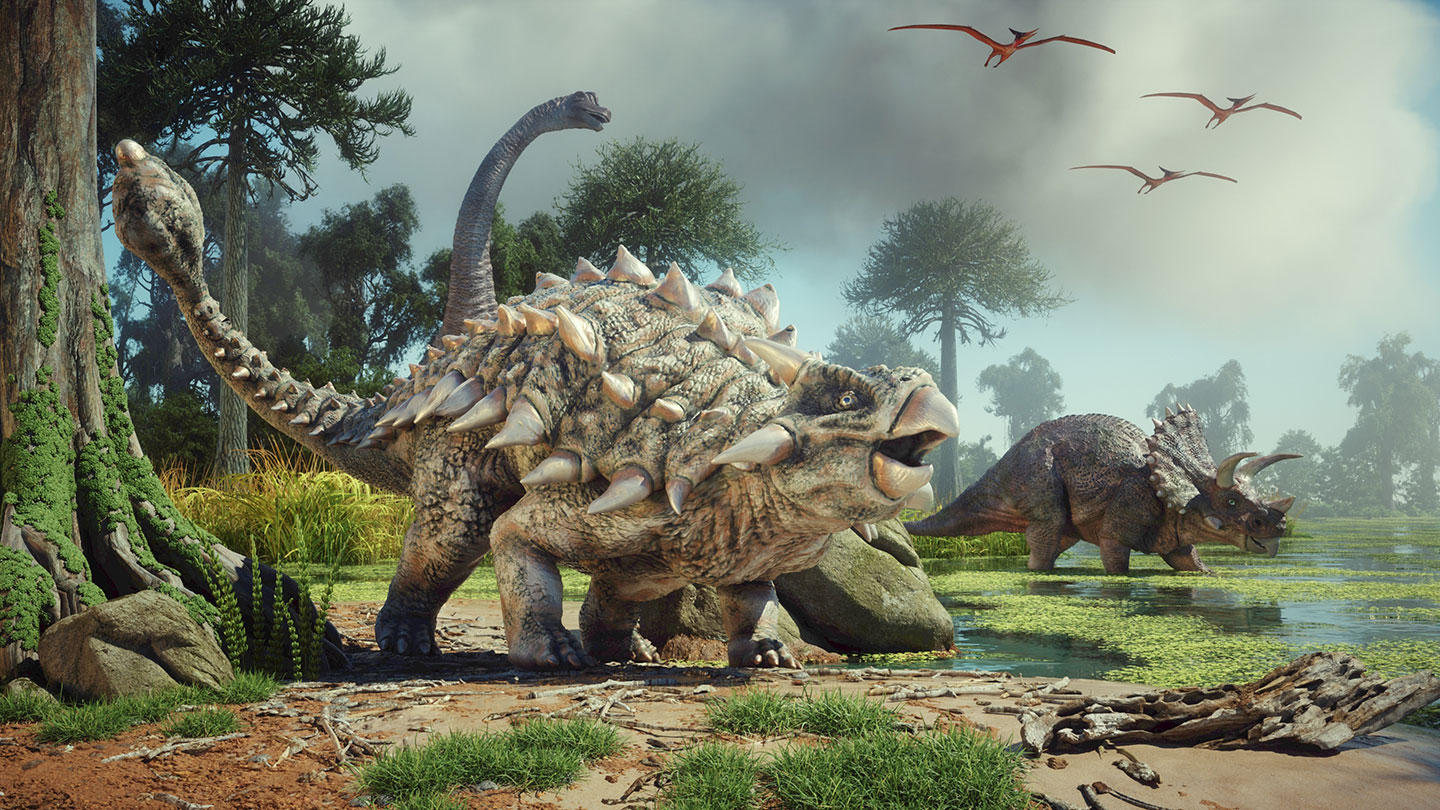Dinosaurs, the grand beasts that dominated the Earth, died an untimely death around 66 million years ago. Their demise ended the Mesozoic Era and led to the emergence of mammals. But why did the giants vanish suddenly? Scientists have reconstructed evidence to find out, and the most popular theory suggests a catastrophic asteroid impact.
The Asteroid Hypothesis
The asteroid impact theory is the most widely accepted theory for the extinction of dinosaurs. It is believed that 66 million years ago, a colossal asteroid measuring approximately 10-15 kilometers in diameter hit Earth. The site of the collision is the Chicxulub crater found on the Yucatán Peninsula in Mexico. The collision released a tremendous quantity of energy, about billions of atomic bombs, and resulted in extensive damage.
The direct consequences of the collision were huge fires, tsunamis, and shockwaves that destroyed life in the area. But the long-term effects were even worse. The collision ejected huge quantities of dust and debris into the atmosphere, blocking sunlight and interfering with the Earth's climate. This "impact winter" caused a sudden decline in temperatures, making it almost impossible for dinosaurs and most other species to survive.
Other Contributing Factors
Though the asteroid impact is seen as the main reason, there are other factors that might have played a role in extinction. Throughout the late Cretaceous, Earth itself was in the process of experiencing large-scale environmental changes. Volcanic activity, especially within the Deccan Traps of modern-day India, emitted huge quantities of lava and gases, such as sulfur dioxide and carbon dioxide. These emissions had the potential to produce acid rain and global warming, further straining ecosystems.
Furthermore, gradual changes in climate and sea levels might have already been influencing dinosaur populations. The synergy of these factors provided a perfect storm that peaked with one of the most dramatic mass extinctions on Earth.
The Aftermath
The extinction event destroyed about 75% of all life on Earth, including non-avian dinosaurs, pterosaurs, and marine reptiles. But not everything died. Some species, like small mammals, birds (the sole surviving dinosaurs), and some reptiles, survived and adapted to the new world. This mass extinction paved the way for mammals to take over the world, leading eventually to the emergence of humans.
Conclusion
Dinosaur extinction is a grim reminder of the impermanence of life on our planet and the susceptibility of our world to cataclysmic happenings at a moment's notice. Though theirs was a tenure of 180 million years, the end of the dinosaurs comes as a pointer to the continuously changing nature of our planet. Their fossils today and the mysteries surrounding them enthrall researchers and amateurs equally, providing interesting information regarding our planet's history and the causes that act to change it.




Comments
Post a Comment